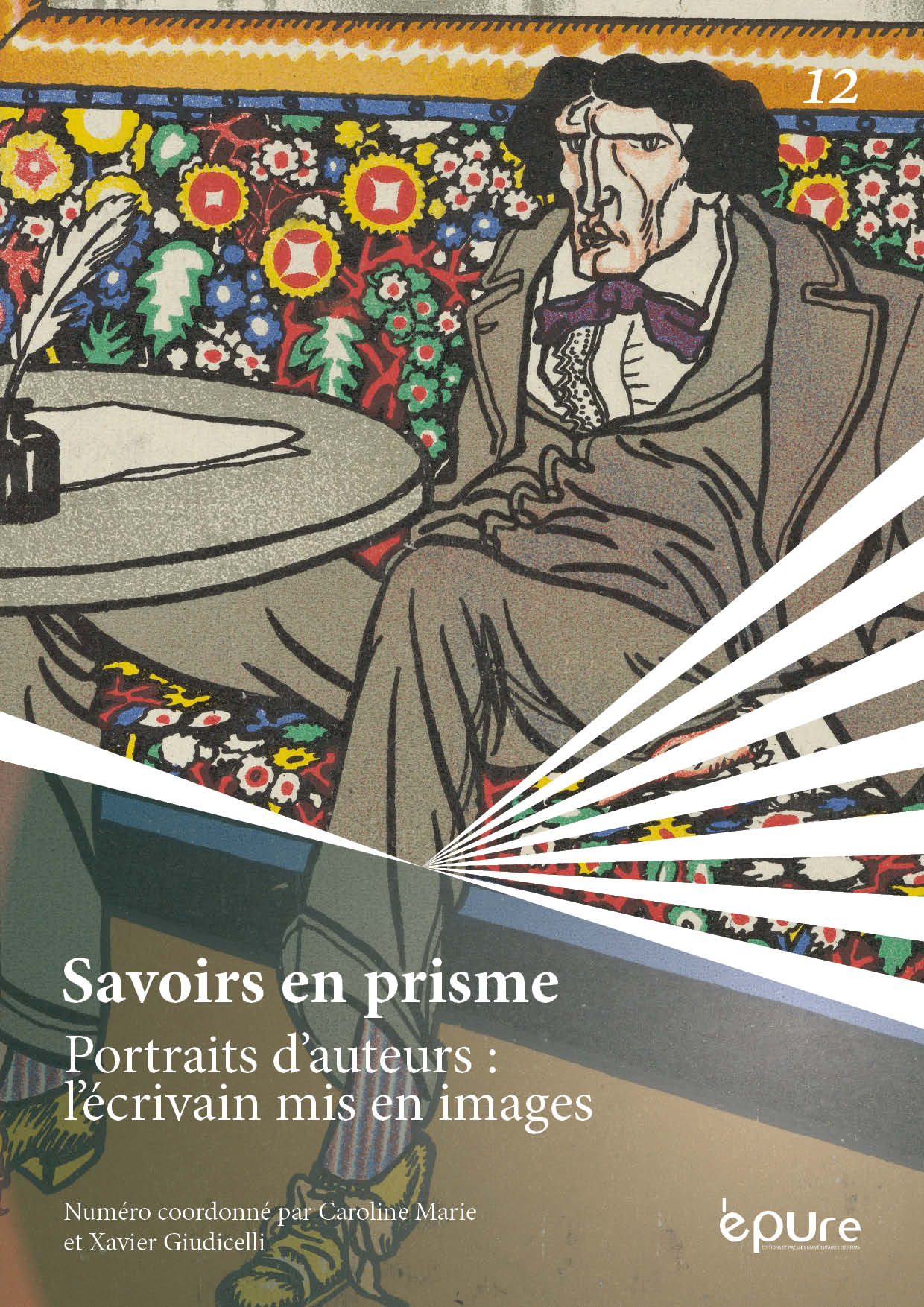Gertrude Stein, T. S. Eliot and Fernando Pessoa in Three Modernist Portraits
Abstract
This essay analyses the manner in which painters have striven to portray the familiar and the unfamiliar Other – here, in the figure of the writer. It focuses on the way in which the writers portrayed may have inspired the artists who did their portraits with specific visual and conceptual answers, framed within twentieth-century modernist cultural contexts. The choice of three painters (Pablo Picasso, Wyndham Lewis, Almada Negreiros) and of three portrayed writers (Gertrude Stein, T. S. Eliot, Fernando Pessoa) calls for a comparatist approach: the essay traces parallels between artistic and literary personalities who were diverse but shared strong yet sometimes conflictual human bonds, in different European countries. The portraits under study reflect different stages in the individual careers of the artists involved. This essay shows that those portraits could have influenced the viewer’s and/or reader’s perception of the writers and that they could also have had an impact on the styles the writers or painters involved were to develop. Such intermedial dialogue is evident in Gertrude Stein, a great explorer of alterity processes in writing. The several portraits of her – starting with that done by Picasso in 1906 – were fundamental to her written word-portraits, which are also evidence of her taste for literary experimentation. In his portrait of Gertrude Stein, young Picasso shows indebtedness to his Parisian patroness – whom he knew little at the time – while at the same time breaking new aesthetic grounds. Over three decades later, Wyndham Lewis’s seemingly satirical portrait of T. S. Eliot (1938) skilfully displays the tensions of late modernism and suggests the artist’s ideological divergences with his long-time friend Eliot. In his two famous posthumous portraits of the great Portuguese modernist writer Fernando Pessoa (two portraits done respectively in 1954 and 1964), the Portuguese painter José de Almada Negreiros, nearing the end of his career, expresses a feeling of awe towards the long-gone poet – among other ideas. Through those two symmetrical yet subtly contrasted portraits of the great Portuguese poet it seems that Almada Negreiros sought to win Pessoa’s accolade – the aesthetic recognition which he did not receive from Pessoa when the latter was alive.
Copyright (c) 2020 Savoirs en prisme

This work is licensed under a Creative Commons Attribution-NonCommercial-ShareAlike 4.0 International License.


